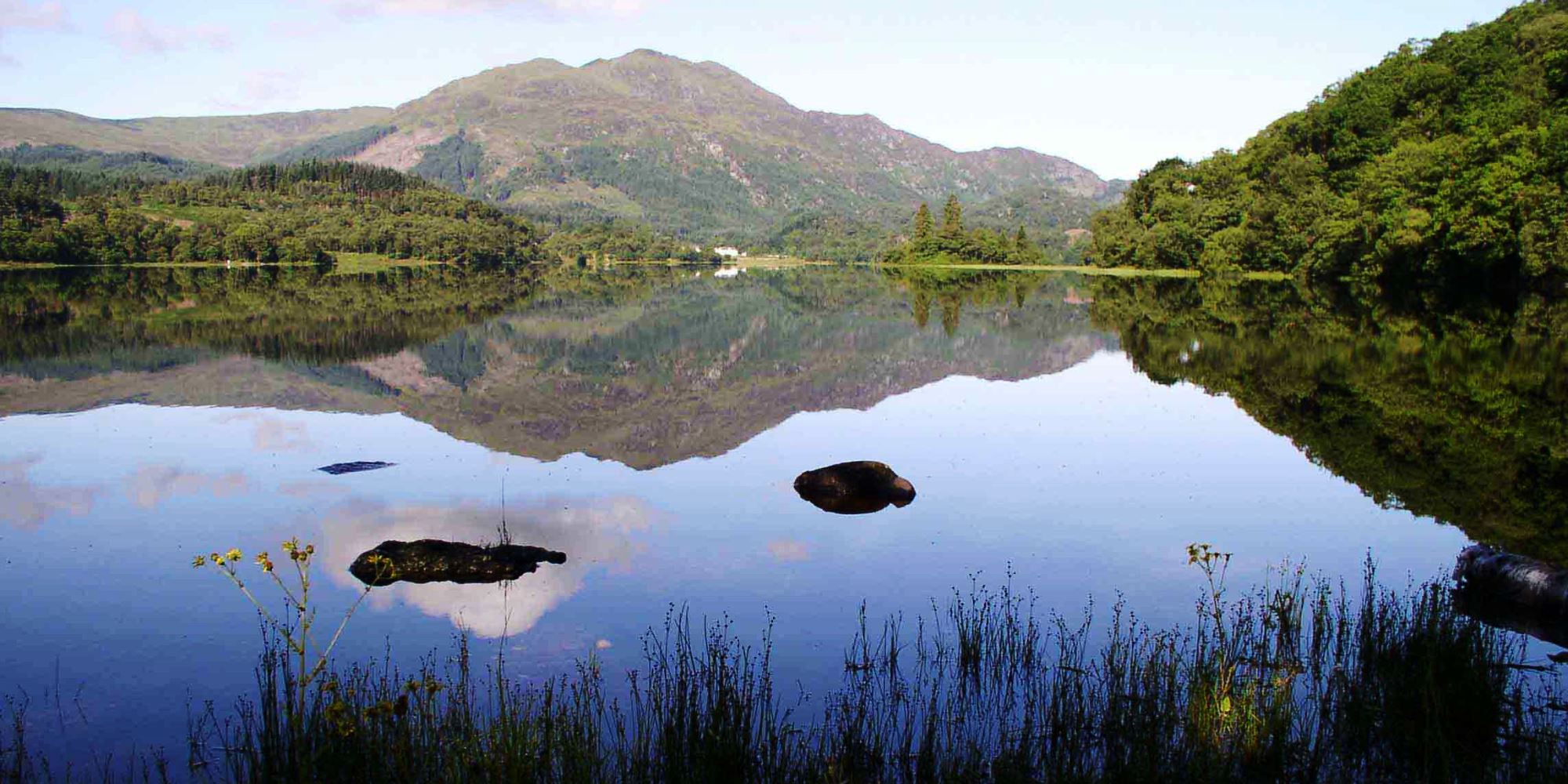
From the arctic-alpine highlands found in the Cairngorms to the blanket bogs of Dartmoor, our National Parks are a rich tapestry of different habitats and environments.
Despite covering just over 9% of the UK’s land area, up to 80% of the UK’s priority conservation habitats are within National Parks, providing havens for important wildlife including birds, mammals, insects and plants.
Woodlands and forests are incredibly important landscapes that have more biodiversity than any other habitat in the UK.
Trees are home to a huge number of plants, insects, fungi, mosses, lichens, birds and small animals, which all provide food for other animals higher up the food chain.
From babbling mountain streams, to the largest lake in Britain – Loch Lomond - our National Parks are rich in different freshwater habitats that are teeming with wildlife.
Wetlands, lakes and rivers can often be just as striking as the mountains or hills that often surround them and there’s even whole National Parks, such as the Broads which has been designated based on the international importance of its wetland environment.
Meadows and grasslands can be found in National Parks from Northumberland to the South Downs and are incredibly important habitats for wildflowers, insects, birds and even small mammals.
Despite their importance, these fragile habitats are becoming increasingly threatened due to intensive agriculture and building developments.
Often dominated by beautiful purple heather, these wild habitats are an iconic feature of many upland Parks such as Snowdonia, the Peak District and of course the North York Moors. Heathland can also be found in the lowlands of the southern National Parks like the New Forest and South Downs.
Moorlands are one of the most extensive habitats found in our National Parks and are one of the most important for combating climate change as their peat soils lock in CO2. They are mostly man-made and although they may seem rugged and sparsely populated, they are actually home to a variety of important wildlife species.
Many of these habitats wouldn’t exist without the help of the National Park Authorities who seek to protect existing areas, recreate lost habitats and create new ones.
Partnership working is an important part of managing the habitats found in the National Parks. The National Park Authorities often work with other organisations including the Wildlife Trusts, RSPB and National Trust, as well as local communities and landowners, to conserve and enhance these special landscapes.